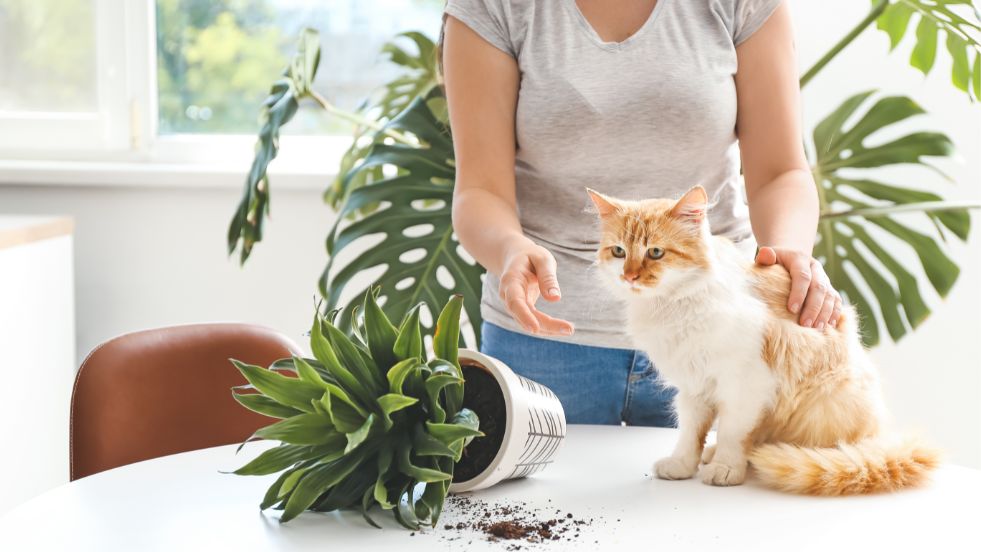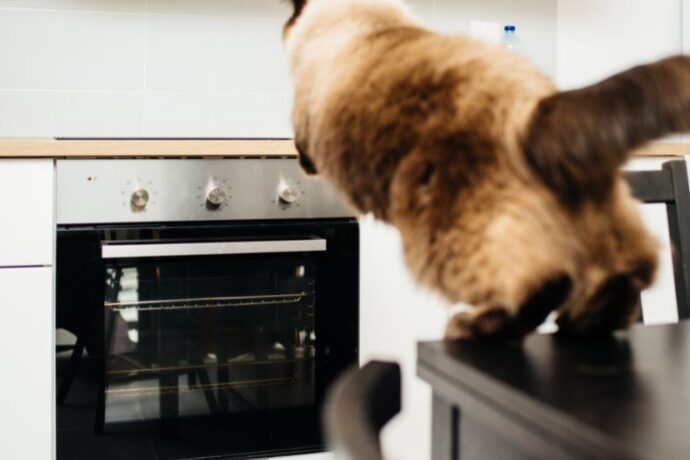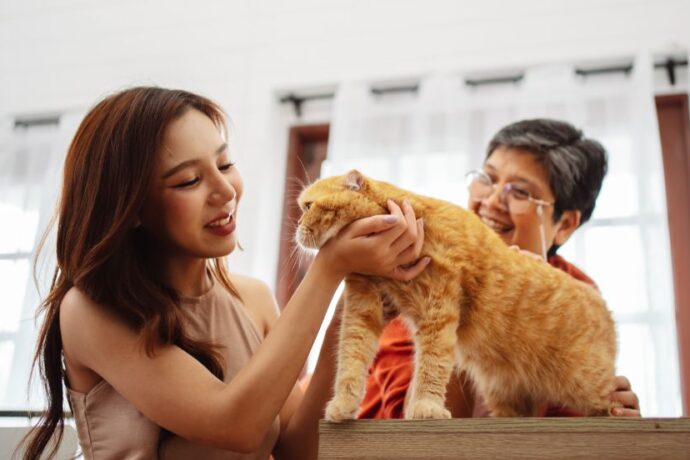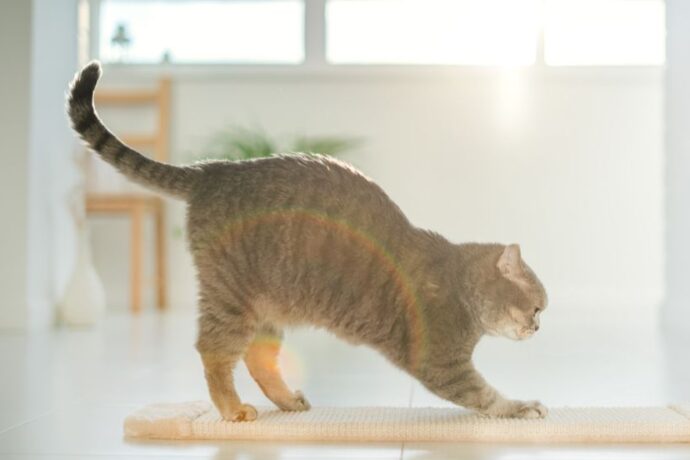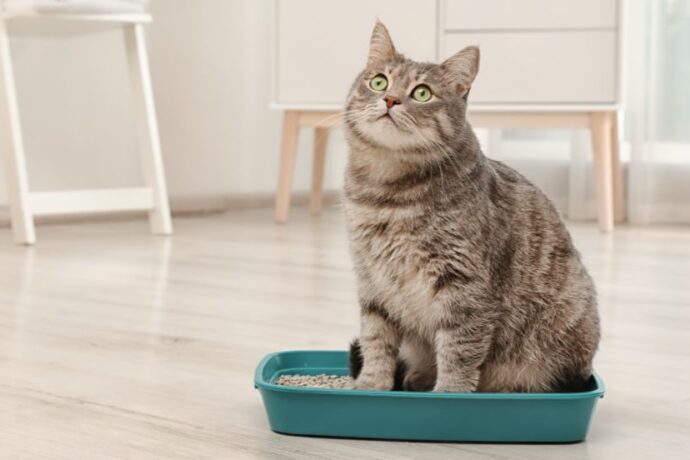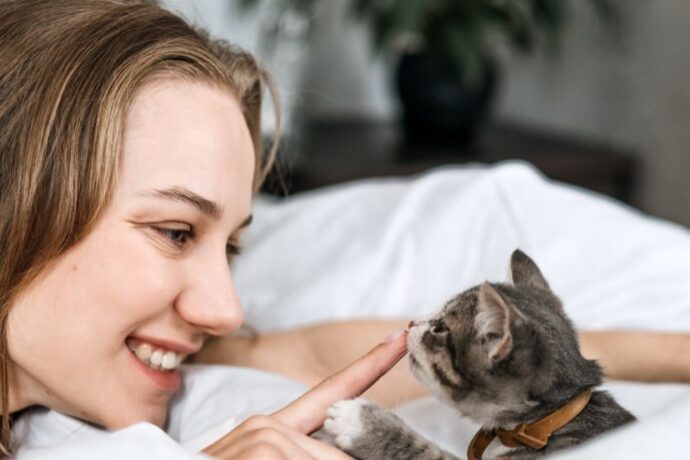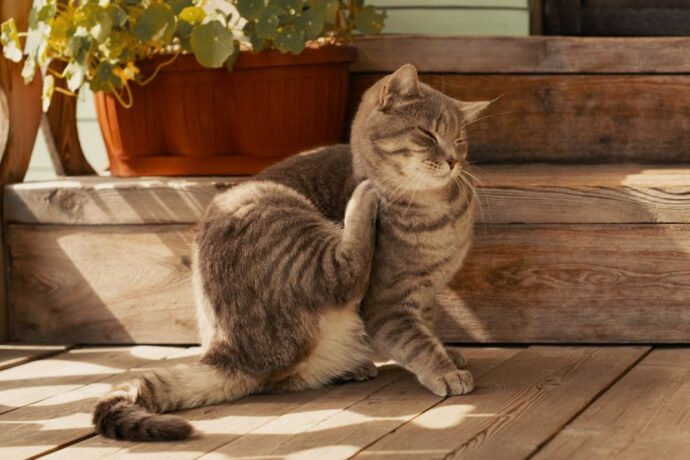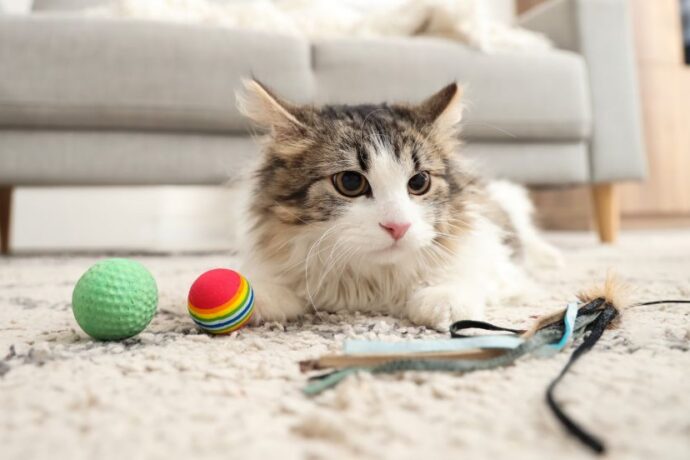If you’ve ever owned a cat, you’ve likely witnessed the familiar sight: your furry friend perches on a table, spots a pen, glass, or keychain, and—with a deliberate paw—nudges it right onto the floor. While this behavior often amuses (or frustrates) cat parents, it’s not just random mischief. Cats knocking things over is a combination of instinct, play, and attention-seeking behavior. Understanding the “why” behind this quirky habit not only helps you protect your valuables but also deepens your appreciation for your cat’s fascinating nature.
The Science of the Paw Swipe: Why Cats Push Things Off
Cats are natural hunters, and that paw swipe is part of their predatory instinct. In the wild, they use their paws to test whether prey is alive or safe to eat. A small object rolling off the counter mimics the unpredictable movement of prey—stimulating their curiosity and play drive.
Behavioral experts note that cats are also problem solvers. According to research published in Animal Cognition, cats explore their environment through trial and error, much like toddlers do. Knocking something over is simply another way of experimenting with their surroundings (1).
Additionally, cats are brilliant and learn patterns quickly. If knocking an object gets them attention—whether it’s laughter, scolding, or food—your cat may repeat the behavior to elicit the same response. From their perspective, it works!
Practical Solutions: How to Curb the Knock-Over Habit
While you can’t erase instinct, you can redirect it. Here are proven strategies to reduce your cat’s urge to swipe things off your counters and tables:
1. Provide Enrichment and Play
Bored cats often resort to knocking things over for entertainment. Offering puzzle feeders, interactive toys, and daily play sessions can give them the stimulation they crave. A 15-minute playtime with a feather wand mimics hunting and leaves them more satisfied than exploring your desk.
2. Make Surfaces Less Tempting
Clear away fragile items and keep tempting objects out of reach. If you must leave items on a table, consider non-slip mats or museum putty to anchor them. The less movement an object has, the less exciting it is for your cat.
3. Offer Appropriate Alternatives
Give your cat safe, knockable objects. Lightweight cat toys, crinkle balls, or cardboard tubes can satisfy their urge to bat things around—without breaking your favorite mug.
4. Avoid Reinforcing the Behavior
Cats are quick learners. If you rush over every time they swipe something, you may be unintentionally rewarding the behavior with attention. Instead, try to ignore it when safe, and redirect their energy toward playtime or treats.
5. Train With Positive Reinforcement
Yes, cats can be trained. Use clicker training to reward desired behaviors, like leaving objects alone. For example, when your cat stays on a designated perch instead of the table, click and reward with a treat. Over time, they’ll associate ignoring objects with positive outcomes.
What Studies Tell Us About Feline Curiosity
Curiosity is not just a personality trait—it’s deeply ingrained in feline biology. A study from the University of Tokyo found that cats have strong object permanence, meaning they understand that objects continue to exist even when out of sight (2). This explains why they are drawn to interact with items—they know it’s still “there” even if it falls off the table.
Additionally, research into feline cognition shows that cats are problem-oriented learners. Unlike dogs, who may rely on human cues, cats prefer to experiment independently. Knocking something over is part of their investigative nature, an evolutionary tool to learn about their environment.
FAQ’s Frequiently Asked Questions
1. Is my cat knocking things over because they’re mad at me?
A. No. While it may seem like spite, cats don’t act out of malice. They are either bored, curious, or trying to get your attention.
2. Can I stop this behavior completely?
A. Not entirely. It’s part of their instincts. However, with redirection, enrichment, and training, you can minimize the frequency and protect your belongings.
3. Why does my cat knock things over mostly when I’m around?
A. Because it works! If your cat learns that swiping a glass earns them your attention, they’ll repeat it when you’re nearby. Redirecting the behavior to positive play is the best solution.
Final Thoughts:
Cats knocking things over may test your patience, but it’s also a reminder of their playful, curious, and intelligent nature. By understanding the science behind the paw swipe and offering safe alternatives, you can manage the behavior while still allowing your cat to express their instincts. At the end of the day, this habit isn’t a flaw—it’s part of what makes cats endlessly fascinating companions.
References:
1. Companion Cats Show No Effect of Trial-and-Error Learning Compared to Dogs
2. Object permanence in domestic cats

